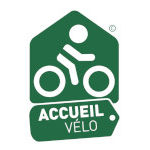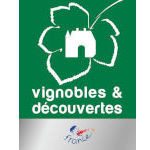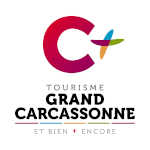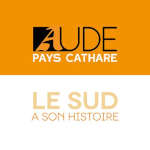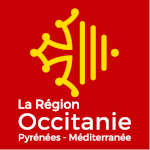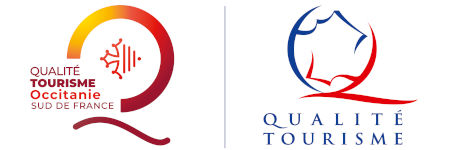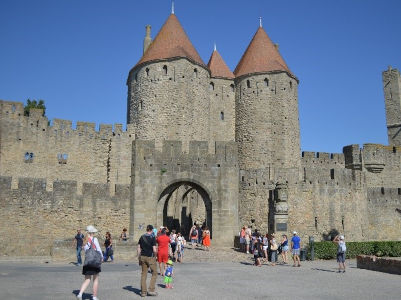
People the world over choose to go on holidays for many reasons, for example: to see new places and to appreciate the local culture; to unwind and relax; also perhaps to appreciate history and how people might have lived in the past by viewing first hand the buildings and structures of bygone times.
Carcassonne is a destination which provides the traveller wih an excellent opportunity to have just such a holiday. It is the capital of Aude département, Occitanie region in southwestern France. It is located 94 Km southeast of the large industrial city of Toulouse and it is also close to the historic towns of Narbonne and Beziers. The beautiful mediterranean sea is 74 Km distant from the city.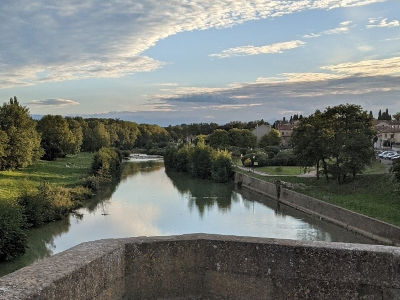 The city is divided into two towns by the majestic Aude river: the Ville Basse (Lower Town) and the Cité. The Cité has the finest remains of medieval fortifications in Europe. As such, it is a UNESCO heritage site and one of France’s top tourist attractions with over three million visitors per year. The site it occupies today was controlled as early as the 5th century BC by the Iberians, then by Gallo-Romans. The inner rampart was built in 485. Over the years, many enhancements were undertaken including the building of the Basilica of St Nazaire with its stained glass windows from the middle ages and the creation of the outer ramparts complete with ornate turrets. The Cité lost its strategic significance in the 17th century and fell into decay. Restoration commenced in the 19th century with significant remedial work being undertaken up to the 1960s. Today it has nearly 1,000 residents living in properties along its small winding streets with many restaurants, a hotel, cafes and shops catering for the needs of today’s visitors. The entire site is illuminated at night presenting a beautiful image on the skyline. In the summer time there are many shows and festivals held at the Cité (https://www.festicket.com/festivals/festival-de-carcassonne/).
The city is divided into two towns by the majestic Aude river: the Ville Basse (Lower Town) and the Cité. The Cité has the finest remains of medieval fortifications in Europe. As such, it is a UNESCO heritage site and one of France’s top tourist attractions with over three million visitors per year. The site it occupies today was controlled as early as the 5th century BC by the Iberians, then by Gallo-Romans. The inner rampart was built in 485. Over the years, many enhancements were undertaken including the building of the Basilica of St Nazaire with its stained glass windows from the middle ages and the creation of the outer ramparts complete with ornate turrets. The Cité lost its strategic significance in the 17th century and fell into decay. Restoration commenced in the 19th century with significant remedial work being undertaken up to the 1960s. Today it has nearly 1,000 residents living in properties along its small winding streets with many restaurants, a hotel, cafes and shops catering for the needs of today’s visitors. The entire site is illuminated at night presenting a beautiful image on the skyline. In the summer time there are many shows and festivals held at the Cité (https://www.festicket.com/festivals/festival-de-carcassonne/).
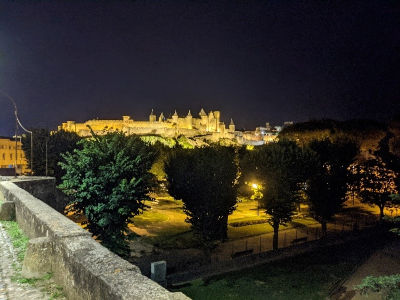 The Ville Basse OR Lower Town was founded in 1240 when troublemakers who lived in the Cité were banished beyond its walls. Today, Ville Basse is the business centre of modern Carcassonne. There is some light manufacturing, but nowadays Carcassonne exists mainly on tourism.
The Ville Basse OR Lower Town was founded in 1240 when troublemakers who lived in the Cité were banished beyond its walls. Today, Ville Basse is the business centre of modern Carcassonne. There is some light manufacturing, but nowadays Carcassonne exists mainly on tourism.
And now the question must be asked: how best does the visitor sample this tourism ‘delicacy’ that is Carcassonne? 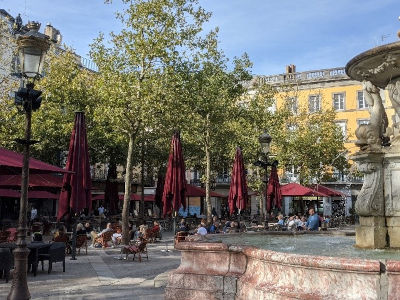 It is suggested that the visitor might start with a trip to the market which is held every Tuesday, Thursday and Saturday morning in the Place Carnot, Ville Basse. It is here that the visitor can ramble amongst the many stalls selling artisan produce including fruits and vegetables, preserves, cheese and meat. After a while it will be time for coffee perhaps at Chez Felix where one can sit at one of the outside tables in the warm sunshine. Here it is possible to observe the locals as they go about their business, greeting each other enthusiastically by kissing each cheek in turn as they then sit and take their morning coffee, overlooked by the Neptune Fountain in the centre of square.
It is suggested that the visitor might start with a trip to the market which is held every Tuesday, Thursday and Saturday morning in the Place Carnot, Ville Basse. It is here that the visitor can ramble amongst the many stalls selling artisan produce including fruits and vegetables, preserves, cheese and meat. After a while it will be time for coffee perhaps at Chez Felix where one can sit at one of the outside tables in the warm sunshine. Here it is possible to observe the locals as they go about their business, greeting each other enthusiastically by kissing each cheek in turn as they then sit and take their morning coffee, overlooked by the Neptune Fountain in the centre of square.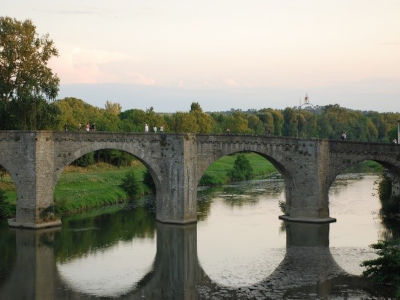 Suitably refreshed, the visitor can now make their way towards the Cité on foot (a 15 minute journey approximately). Take the scenic route by crossing the majestic Aude river using the Pont Vieux (Old Bridge). The bridge is 225m long and is now only accessible by pedestrians. It was completed in 1320 having replaced an earlier structure. As one crosses the bridge, it is possible to view both the Cité fortress and the beautiful Aude river. Indeed, it is easy to imagine how busy it might have been with perhaps horse-drawn carriages and pedestrian going to and fro about their business. (Image by Yellow.Cat on Flickr under Creative Commons License.
Suitably refreshed, the visitor can now make their way towards the Cité on foot (a 15 minute journey approximately). Take the scenic route by crossing the majestic Aude river using the Pont Vieux (Old Bridge). The bridge is 225m long and is now only accessible by pedestrians. It was completed in 1320 having replaced an earlier structure. As one crosses the bridge, it is possible to view both the Cité fortress and the beautiful Aude river. Indeed, it is easy to imagine how busy it might have been with perhaps horse-drawn carriages and pedestrian going to and fro about their business. (Image by Yellow.Cat on Flickr under Creative Commons License.
Once across the bridge begins the climb to the the Porte, the only entry into the Cité by road which is guarded by two towers. On entering the Cité one immediately becomes aware of the narrow, cobbled streets and how close together people must have lived here in the past. The visitor can now choose to simply ramble around the medieval town admiring the many ancient buildings. The Basilica of St Nazaire is certainly worth a visit to see the beautiful stained glass windows and appreciate the quiet and tranquility that exists within its ancient walls.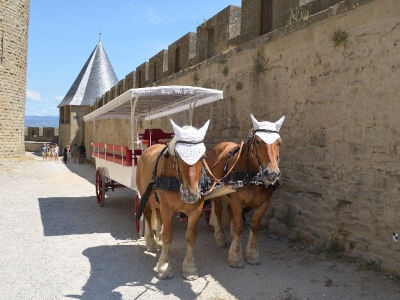 Alternatively, it is possible to take a guided tour of the ramparts or take a trip in a horse drawn carriage. Of course there are many restaurants available when it is time to eat. Why not try Cassoulet, a popular local dish made with duck leg, beans and sausage washed down by a cool glass of white wine. As the day retreats after more sightseeing or perhaps some shopping, it might be time to ramble back to the Ville Basse to admire the Cité at dusk and to finish up at the illuminated Square Gambetta.
Alternatively, it is possible to take a guided tour of the ramparts or take a trip in a horse drawn carriage. Of course there are many restaurants available when it is time to eat. Why not try Cassoulet, a popular local dish made with duck leg, beans and sausage washed down by a cool glass of white wine. As the day retreats after more sightseeing or perhaps some shopping, it might be time to ramble back to the Ville Basse to admire the Cité at dusk and to finish up at the illuminated Square Gambetta.
After the day, it will be difficult not to reflect on the history that is so embedded in this beautiful part of France.
References:
Britannica, T. Editors of Encyclopaedia (2017, October 16). Carcassonne. Encyclopedia Britannica. https://www.britannica.com/place/Carcassonne
Carcassonne Introduction Walking Tour (Self-Guided), Carcassonne . Retrieved March 12, 2022, from https://www.gpsmycity.com/tours/carcassonne-introduction-walking-tour-4933.html
Market places | Office de tourisme de Carcassonne. Retrieved March 11, 2022, from https://www.tourism-carcassonne.co.uk/hungry/market-places
 Français
Français  English (UK)
English (UK) 
